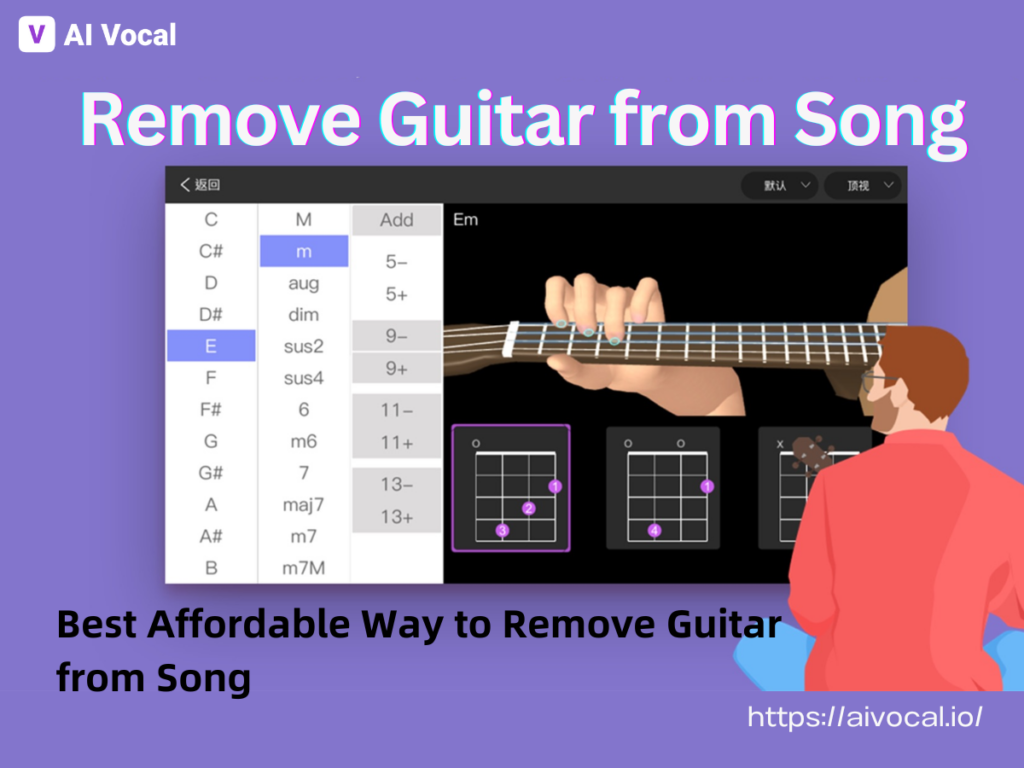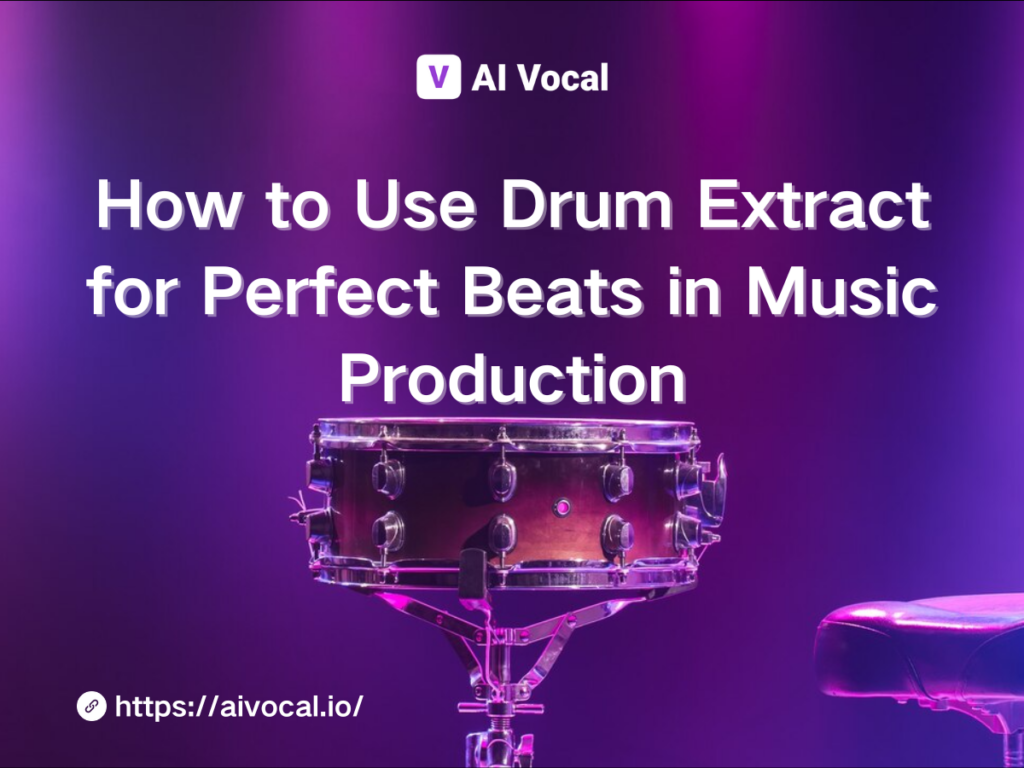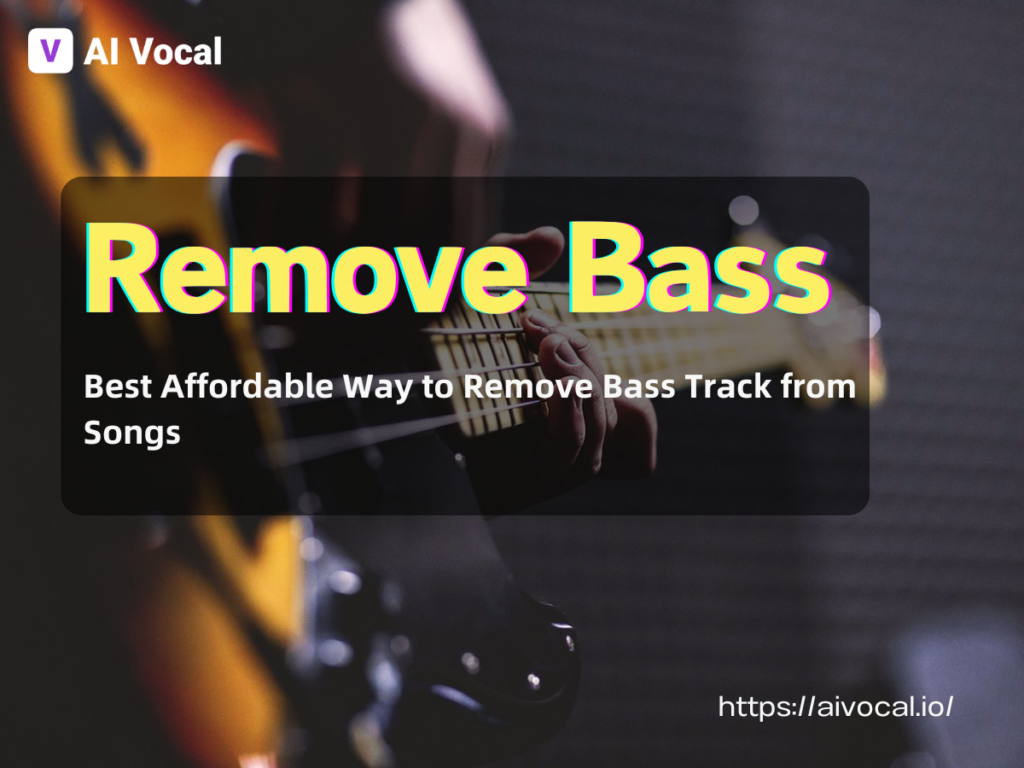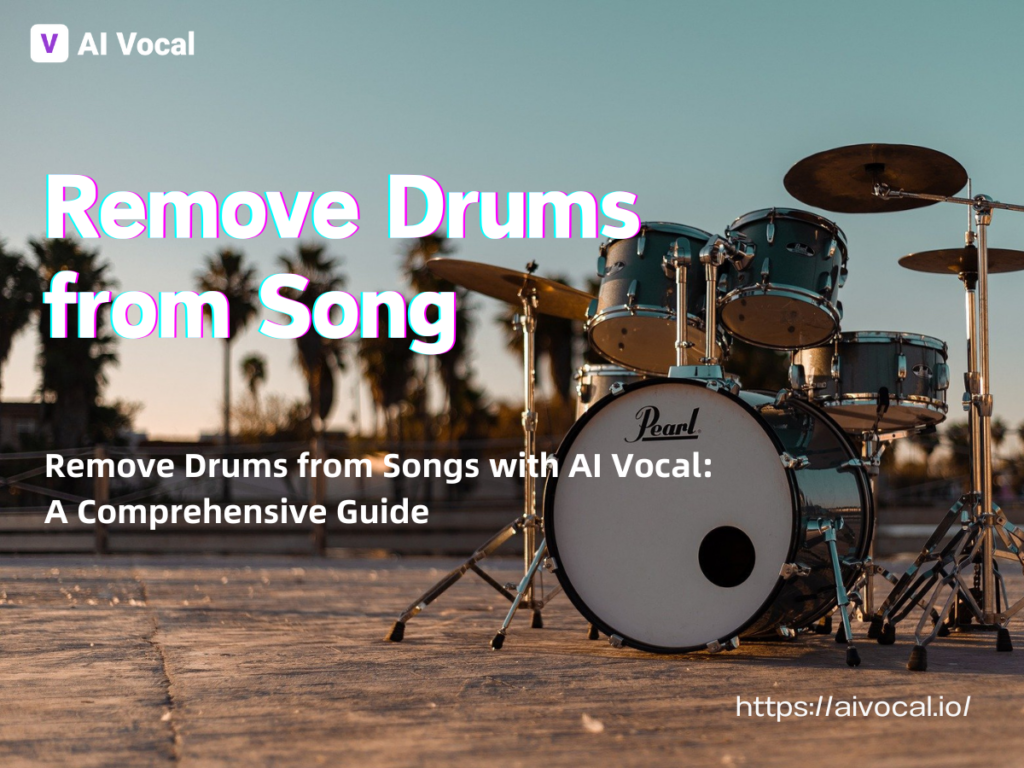Best 5 AI Tools to Effortlessly Turn Notes Into Podcasts

Contents
Why Turn Notes Into Podcasts?
In recent years, podcasting has rapidly emerged as one of the most popular and accessible content formats. With millions of listeners tuning in daily during commutes, workouts, or even while doing chores, podcasts offer a unique way to consume information hands-free and on-the-go. But beyond entertainment, podcasts have become powerful tools for education, marketing, and knowledge sharing.

Converting written notes into podcasts unlocks new opportunities for content creators. It allows you to repurpose valuable material—like meeting summaries, research notes, blog drafts, or class lectures—into engaging audio experiences. This not only increases your content’s reach but also makes it more accessible to auditory learners, visually impaired individuals, or busy professionals who prefer listening over reading.
From educators turning lecture notes into audio courses, to marketers creating thought-leadership podcasts from strategy docs, to students revising notes as voice memos—anyone can benefit from this efficient, AI-assisted workflow. Podcasting is no longer just for broadcasters—it’s for everyone with a message to share.
What Does It Mean to “Turn Notes Into Podcast”?

Some people Turn notes into podcasts that means converting written content—whether raw ideas or structured documents—into audio episodes that can be shared and streamed. It’s a process that blends content repurposing with voice technology, like TTS, to create compelling spoken narratives from text-based material.
The types of notes you can transform are incredibly diverse. You might start with bullet points outlining a concept, detailed meeting notes capturing team discussions, lecture notes from a class, or even research summaries full of valuable insights. These notes become the foundation for your audio content.
The final podcast format can vary based on your intent. You might create a solo podcast, where a voice narrates your notes directly. Or you could script an interview-style podcast, where AI simulates a conversation between personas. Another option is a narrated blog-style podcast, which reads and enhances written articles with audio emphasis and tone. All are possible—and increasingly simple—with today’s AI tools.
Tools to Turn Notes Into Podcast Easily
Thanks to advances in AI, we turn notes into podcasts is no longer reserved for tech experts or professional studios. Below are five powerful AI Podcast Generator that make it easy for anyone—educators, marketers, students, or solo creators—to turn their notes into high-quality podcast episodes. We’ve reviewed them from multiple angles: pros and cons, ideal users, ease of use, customization flexibility, pricing, and platform stability.
Wondercraft

Wondercraft is a premium-grade tool designed for creators and brands looking to turn notes into podcast episodes with a polished, professional sound. Its AI voice cloning and script refinement features stand out, making it ideal for marketers, voiceover artists, or podcast networks. While its strengths shine in English-language content, it offers limited support for non-English users. The interface is moderately complex, requiring a short learning curve, but it offers high customization—such as voice tone, background music, and segment planning. Pricing starts at $29/month after a free trial. Wondercraft is generally stable and fast, though rendering delays can occur during peak times.
AIVocal is purpose-built to help users turn notes into podcasts with minimal effort. It supports both English and Chinese inputs, making it one of the most accessible tools for multilingual creators. It’s a perfect fit for educators, students, or anyone new to podcasting. The interface is beginner-friendly: users can paste in bullet points, choose a voice style, and generate a podcast in minutes. While the customization options are simpler than advanced tools, they’re sufficient for most educational and informational content. It offers a generous free tier, with paid plans starting at $9.90/month. AIVocal is stable, fast, and highly reliable—making it our recommended choice for the tutorial in the next section.
NoteGPT

NoteGPT is a hybrid AI tool that helps users summarize, structure, and turn research notes or meeting highlights into podcast-ready scripts. It integrates with PDFs and web articles, making it ideal for researchers, analysts, or productivity enthusiasts. The platform offers deeper AI control with customizable prompts and layout logic, but this also raises the learning curve for new users. NoteGPT offers a free tier and paid plans from $15/month. While powerful, its performance can occasionally be slowed due to dependence on third-party APIs.
Monica

Monica is positioned more as a general AI assistant but includes light podcasting capabilities. It allows users to turn personal notes into simple, dialogue-style podcasts—ideal for journaling, coaching, or life updates. While it lacks the polished audio output of other tools, it’s easy to use and fits well for solo professionals or knowledge workers looking for lightweight voice content. Monica supports chat-based input and quick editing, with premium features starting at $12/month. The web app is stable, though audio rendering can be slow at times.
Jellypod

Jellypod focuses on repurposing long-form written content like blog posts into bite-sized podcast episodes. It’s especially useful for marketers and content creators who want to turn notes into podcasts for social media distribution. It offers auto-summarization, chapter segmentation, and voiceover generation. While its English support is strong, its performance in other languages is limited. Jellypod has a decent interface and quick workflow but delivers average sound quality. It offers a small free quota, with pro plans starting at $19/month. The platform is relatively stable, though semantic accuracy can vary depending on input complexity.
| Tool | Pros | Cons | Pricing |
| Wondercraft | High-quality output, intuitive UI | Limited free tier | Starts at $15/month |
| AIVocal | Fast, supports many languages | Fewer customization options | Free |
| NoteGPT | Seamless with note apps | Basic voice options | Freemium |
| Monica | Quick and browser-based | Less control over style | Free |
| Jellypod | Great for summarization | Limited to short content | Free |
Since AIVocal is the most beginner-friendly tool among them, we’ll now walk you through how to use it step-by-step to turn notes into a podcast, even if you’ve never made one before.
How to Turn Notes Into Podcasts with AI?
Creating a podcast from your notes is easier than ever with AIVocal. Here’s a simple step-by-step process to help you turn notes into podcast episodes efficiently and professionally.
Step 1: Organize Your Notes
Before jumping into audio production, make sure your notes are clean and structured. Group related ideas, eliminate irrelevant content, and format your points clearly. Whether it’s a bullet list, meeting summary, or research draft, clarity at this stage sets the tone for a smooth audio flow.
Step 2: Choose Your Podcast Format
Decide how you want the final episode to sound. Will it be a solo narration? A blog-style monologue? Or perhaps a simulated interview format? Your format determines how the AI will present your notes—and what tone or pacing it should use.
Step 3: Generate with AIVocal
Upload your notes into an AI podcast generator like AIVocal or Wondercraft. Choose a voice style, adjust speed and tone, and preview the result. These tools allow you to turn notes into podcast content with minimal effort. Alternatively, you can record your own voice based on the script for a personal touch.
Step 4: Export and Publish
Once you're happy with the episode, export the audio file in MP3 format and upload it to your preferred podcast hosting platform (e.g., Spotify, Buzzsprout, or RSS.com).
Quick tips for clarity and flow:
- Add brief transitions between sections
- Keep sentences short and conversational
- Use clear signposting ("First... then... finally...")
Time-saving automation ideas:
Use ChatGPT to structure your notes or write an intro, and pair it with AI voices to complete production in minutes. This automation helps you consistently turn notes into podcasts—without burning out.
Use Cases for Turning Notes Into Podcasts
The ability to turn notes into podcasts unlocks a world of creative and time-saving opportunities across professions. For example, teachers can transform their lesson plans or classroom summaries into engaging audio content that students can revisit anytime. This not only enhances retention but also supports students who prefer auditory learning or need flexible review formats on the go.

Marketers can also benefit greatly by repurposing internal meeting notes, webinar transcripts, or content briefs into podcast episodes. Instead of letting valuable insights get buried in folders, they can amplify thought leadership, share campaign strategies, or highlight customer success stories—all in a more accessible and human format.
For students, the process of turning study notes into a podcast is a powerful learning technique. By rephrasing concepts into spoken language, they reinforce understanding, and the resulting episodes serve as mobile-friendly revision tools. Whether preparing for exams or reviewing complex topics, audio summaries make studying more dynamic.
These use cases highlight how the decision to turn notes into podcasts goes beyond content creation.—it’s about maximizing value, increasing reach, and simplifying communication. With AI tools now handling the technical side, anyone can turn their ideas into impactful audio with minimal effort.




